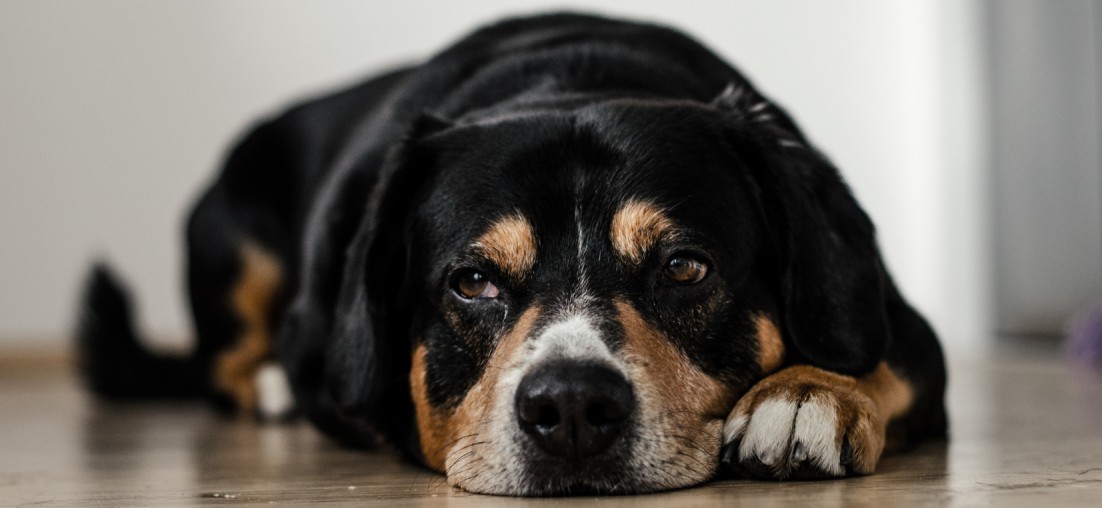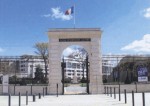One more time at Milan University! The Vet School still sitting there, full of veterinary histories as it was firstly established in 1791! And always full of memories for me as I visited it for the first time back in 2004 in order to attend the 3rd ESAVS course of small animal reproduction. From that time till now a fruitful cooperation between the Clinic of Obstetrics & Gynecology and myself began…
Our latest research project is focused on the prostate of the dog. It may sound boring but it is not! Though the prostate is a well-studied gland, a lot of things have to be made clear yet. For example, a lot of discussion between breeders, dog owners and vets has been observed all these years, concerning the prevention of cancer of the canine prostate. Some claim that castration prevents cancer development while others don’t want to hear about it! But the real question is “how common is neoplasia of the prostate of the dog?”. The correct answer to this could be something like “It depends”! In the following lines I will try to explain why.
During the 90’s and early 00’s it was believed that intact (= not castrated) male dogs have a high probability to develop prostatic neoplasia. So the common preventive practice was castration (orchiectomy in other words) which was performed at a very young age, even before puberty in some cases! Castration of course has some other strong benefits, such as prevention of development prostatic benign hyperplasia, prostatic cysts and other pathologies of the gland. Without a doubt castration is also a great “tool” for the control of stray dog population, that has to be combined with education of the owners.
These advantages are all true. Except one: prevention of neoplasia! In the (not so) recent literature it is well demonstrated that “neutered males had a significantly increased risk for each form of prostatic cancer. Neutered males had an odds ratio of 3.56 for urinary bladder transitional cell carcinoma (TCC), 8.00 for prostate TCC, 2.12 for prostate adenocarcinoma, 3.86 for prostate carcinoma, and 2.84 for all prostate cancers.”(Bryan et al, Prostate, 2007).
And of one the Guru’s of small animal reproduction, Michelle Kutzler, makes things clear enough: “Not only does castration not protect against future development of prostatic neoplasia in dogs, but incidence of prostatic neoplasia is higher in castrated dogs” (Neoplasms of the Prostate in Small Animals, The Merck Veterinary Manual, 2013).
These infos also reflect my own feeling, deriving from my almost 20 years’ small animal practice experiences. The “true” and “real” cases of prostatic neoplasia that I have seen are less than 5 (3 as far as I remember). “True” and “real” mean “proven” by histologic or cytological examination of prostatic samples taken with biopsy or fine needle aspiration (FNA). On the other hand, diseases such as benign prostatic hyperplasia, cysts, prostatitis (= inflammation of the prostate gland) are almost everyday practice to my experience…
But in several congresses and several discussions with vets from other countries, I realize that scientific community is really worried about prostatic neoplasia prevention and treatment! How can it be??? Am I missing cases? Or maybe vets from other countries are overestimating the frequency of prostatic neoplasia development? Well, none of these…it’s a matter of …let’s say… “culture”! And I will explain you what I mean: In countries of the southern Europe such as Greece or Italy, castration of the male dogs is not so familiar as in other countries such as Great Britain, USA, Belgium and maybe France. Castration is mostly performed in cases of prostatic disease (for example benign prostatic hyperplasia or prostatic cysts), very very rarely in young dogs and almost never in dogs before reaching puberty! As a result the incidence of prostatic cancer is low!
So when we are studying or discussing the epidemiology of prostatic diseases we also have to consider the possible differences between countries.
Also we have to keep in mind that early castration (despite what was common belief) increases the risk of development prostatic neoplasia! But on the other hand has many many many advantages – that will be fully discussed in the near future! In any case, your vet knows the pros and cons and always decides the best for your dog, depending the problem, the current health status, the age etc etc etc!
Merry Christmas to all!
Keep in touch!







